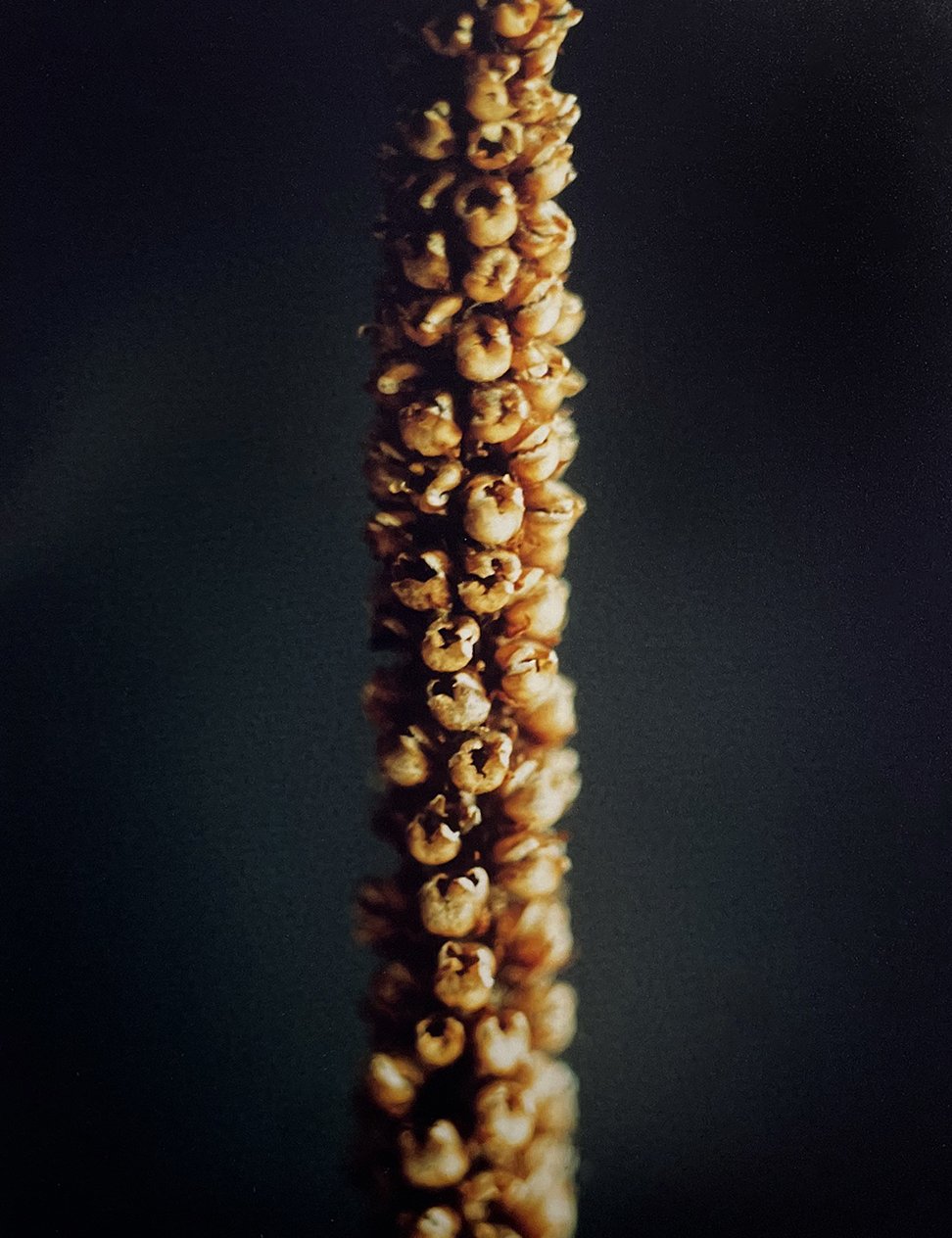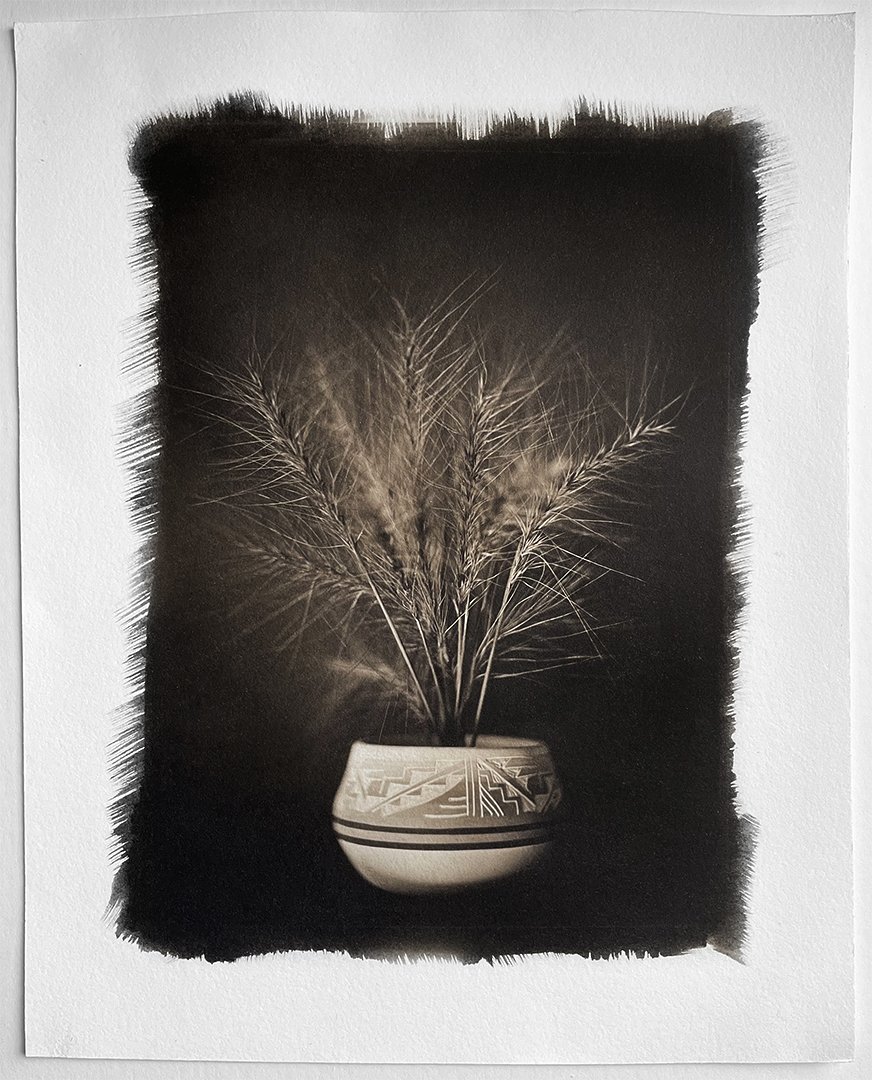“The human animal is a beast that dies and if he's got money, he buys and buys and buys and I think the reason he buys everything he can buy is that in the back of his mind he has the crazy hope that one of his purchases will be life everlasting!”
― Tennessee Williams, Cat on a Hot Tin Roof
Trained in cultural anthropology, Dr. Ernest Becker was motivated in his work by an overriding personal pursuit of the question, "What makes people act the way they do?" Refusing to dismiss answers to this question coming from any field of study based on empirical observation of human behavior, Becker almost inadvertently created a broadly interdisciplinary theory of human behavior that is neither simply speculative nor overly reductionist. Becker's synthesis, which is found in the title of his most famous book, "The Denial of Death," describes human behavioral psychology as the existential struggle of a self-aware species trying to deal with the knowledge of death.
Every day we are confronted with the reality of death and our own mortality. Simultaneously, we are strongly motivated by a survival instinct. Ernest Becker's existential psychological perspective came from this realization. His basic ideas have been largely substantiated in clinical testing conditions by a theory in social psychology called Terror Management Theory, created by American psychologists Sheldon Solomon, Jeff Greenberg, and Tom Pyszczynski. Their book, "The Worm at the Core: On the Role of Death in Life," provides the empirical evidence for Becker's theories.
Death is a complex struggle for human beings. The repressed (unconscious) knowledge of death keeps anxiety at bay and out of consciousness. We are born into culture, and the socialization process is largely one of learning how our culture symbolizes death. These cultural worldviews, as Becker calls them, are what we use to create the illusions we live in. The "urge to heroism," as he puts it, is what allows us to boost our self-esteem and manage our existential terror. In other words, our culture gives us opportunities, or not, to bolster our self-esteem, and in response, these illusions that our culture provides act as a buffer to our repressed knowledge of mortality.
How we symbolize death strongly impacts our sense of what the good life is and how we conceptualize the enemies (both personal and political) of ourselves and our society. Our culture's ways of heroically denying death and our habits of buffering ourselves too much or too little against the rush of death anxiety shape who we are as a society and as individuals.
As a symbolic defense against death, it's natural for people to try to ground themselves in powers bigger than themselves. It's also natural to feel attacked when our higher powers are taken away.
Freud coined the term "transference." He used it to describe a person, usually a client, transferring their feelings for another person to the therapist. In other words, the client may love their spouse, and during therapy, these feelings are "transferred" to the therapist.
Becker took this theory and applied it beyond the "client/therapist" model to almost anything. Human beings are constantly trying to mitigate their death anxiety. Using the terror management theory, they will "transfer" their love and admiration to an object in order to quell existential terror. This can be anything from a pair of tennis shoes to a religious deity.
After I read about this, I see it everywhere now. Sports teams, holidays, celebrities, cars, clothes, photography equipment—all of it seems to be used as transference objects. Because the majority of you who read these essays are photographers, I'd like to share one example from the world of photography.
Have you ever seen someone who gets a new (large format) camera and posts photographs of it? And, every now and then, a self-portrait with the camera? We’ve all done it. The bigger the camera or lens, the better. Most would apply Freud’s theory of compensation (sexual repression) to these images. In reality, Becker’s theory of transference applies here. It’s not sexual; it’s a transference object to stave off death anxiety. This can be applied, as I said before, to anything: clothes, boats, trucks, record players, computers, even spouses or significant others. Becker’s got an explanation for transference in humans; he concludes the segment with the fact that the partner worships the other person as a deity (think about the first dates) and then realizes that they have "clay feet." In other words, the transference eventually ends, and the spouse is seen as a mortal human that will eventually die.
Becker makes it very clear. We are temporarily relieved from the drag of "the animality that haunts our victory over decay and death." When we fall in love, we become immortal gods. But no relationship can bear the burden of godhood. Eventually, our gods and lovers will reveal their clay feet. It is, as someone once said, the "mortal collision between heaven and halitosis." For Becker, the reason is clear: "It is right at the heart of the paradox of man. Sex is of the body, and the body is of death. Let us linger on this for a moment because it is so central to the failure of romantic love as the solution to human problems and is so much a part of modern man’s frustrations."
Let me see if I can explain this as it relates to my work. This is another example of the way humans deal with the knowledge of their impending death and attempt to stave off the dread and fear of it. To me, it’s the most basic example of witnessing human behavior "in action" and quelling their existential dread. They don’t even know they’re doing it. It’s all unconscious behavior in service of repressing the knowledge of their mortality. These transference objects provide transcendence too. The person indulging feels "immortal" and is transcending death.
Human nature tends to lean toward the malignant manifestations of these theories. That’s what my work addresses: genocide, crimes against humanity, and "othering." Rather than using transference to tranquilize with the trivial, i.e., clothes, cars, lovers, drugs, shopping, TV, Facebook, and Twitter, some use human beings through violence and subjugation as transference objects.
Throughout history, we’ve seen human beings use "the other" to bolster their self-esteem and stave off death anxiety through torture, subjugation, and murder. That’s why, for me, it’s very important to understand these theories as they apply to the history of my work. The transference and transcendence theories are just more examples of the human condition. They answer, in part, the reasons for evil in the world.




